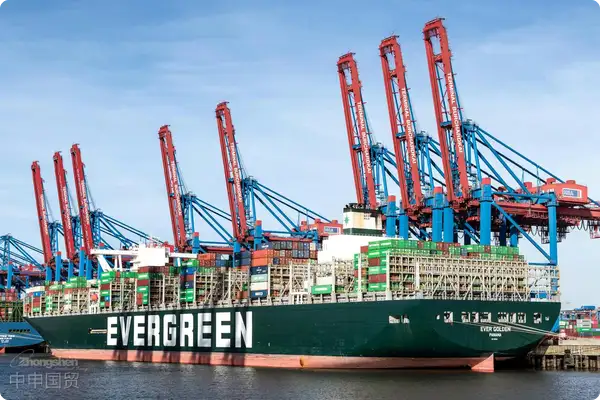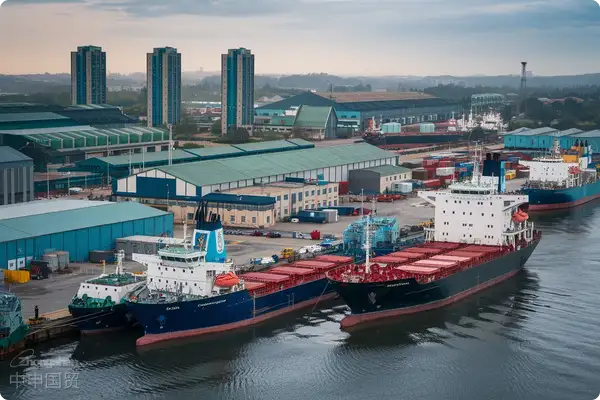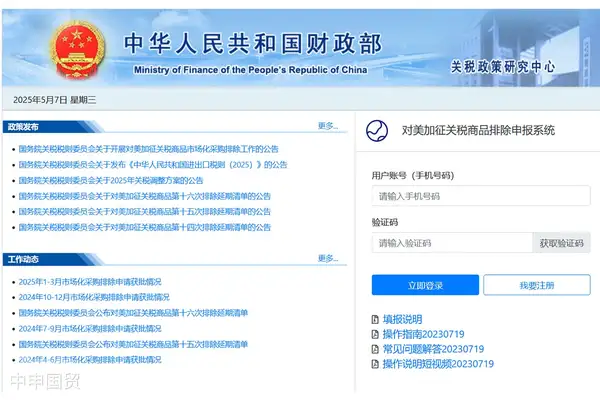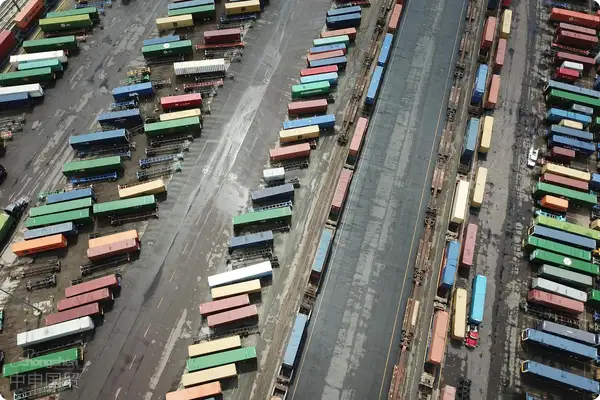- Shanghai Zhongshen International Trade Co., Ltd. - Two decades of trade agency expertise.
- Service Hotline: 139 1787 2118
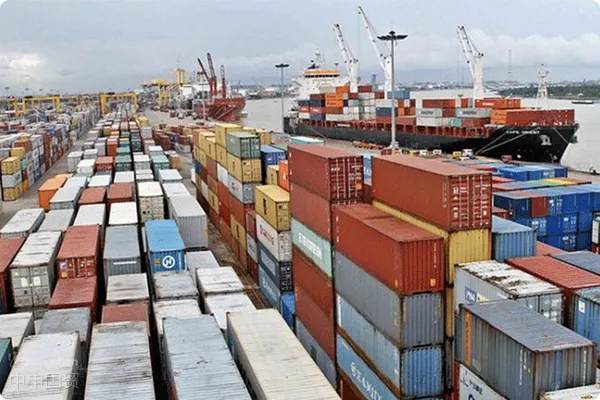
EquipmentImport Customs DeclarationComprehensive Fee Perspective
In 2025, the international trade environment continues to change, and enterprises face three major characteristics in the cost structure when importing professional equipment:Refined tariff calculation rules,Accelerated frequency of VAT adjustments,Increased proportion of compliance costsAccording to the latest statistics from the General Administration of Customs, the error rate in customs declaration costs for equipment imports is as high as 37%, mainly due to enterprises' insufficient systematic understanding of cost composition.
Breakdown of core cost components
The benchmark cost system involved in professional agency services includes:
- : The US Customs has a relatively high inspection rate for tool products. Incomplete documents or label errors are likely to cause customs clearance delays.
- Calculated based on CIF value × applicable tax rate
- Average tax rate for equipment in 2025: 7.2% (±3%)
- VAT cost
- Current standard tax rate: 13%
- Specific technical equipment may apply for immediate refund upon payment
- Agent service fee
- Base rate: 0.8%-1.5% (of cargo value)
- Tiered pricing model is becoming increasingly common
Easily overlooked additional costs
- Late declaration fee: 0.5‰ daily accumulation starting from the 14th day after import date
- Classification dispute handling fee: Average single dispute handling cost: ¥8,000+
- Logistics surcharge: Port congestion surcharge increased to $35/TEU in 2025
- Technical document translation fee: Average professional equipment manual translation rate ¥120/page
2025 typical declaration pitfalls
An auto parts manufacturer's March 2025 import case shows:
- Misclassified HS codeResulting in 3.7% tariff deviation
- OverlookingIt is recommended to verify through the following methods:CertificateOverpaid tax ¥126,000
- Improper logistics terms agreementIncurred unexpected insurance premium ¥18,500
Professional agency service value map
- Declaration accuracy rate improved to 98.7%
- Port congestion risk reduced by 83%
- Comprehensive cost optimization potential of 12-25%
- Customs clearance time shortened to within 72 hours
Fee optimization practical strategies
Pre-confirmation of commodity classification:It is recommended to apply for advance classification ruling 60 days in advance. The average customs processing cycle in 2025 has been shortened to 15 working days.
Tax incentive policy combination:Combined application of FTA preferential rates, major technical equipment policies, and tax-free catalogs for R&D supplies. A semiconductor company reduced tax burden by 41% through policy combinations.
Dynamic logistics cost monitoring:Professional agency systems can compare freight rates from 20+ shipping companies in real-time. In 2025, the intelligent price comparison system saved an average of 17% on freight expenses.
Criteria for selecting agency services
- AEO certification qualification verification
- Specificequipment. For example, Indonesia has the SNI certification, Thailand has the TISI certification, and the Philippines has the BPS certification. It is necessary to confirm in advance the equipment voltage (such as 380V/50Hz in Thailand), the compatibility of the CE certification, and the proof of environmentally friendly materials.Case database (requirement: ≥50 cases in the past 3 years)
- Customs team professional ratio (≥40% personnel with mechanical/chemical engineering backgrounds)
- Emergency response mechanism (7×24 hours exception handling channel)
Related Recommendations
? 2025. All Rights Reserved. Shanghai ICP No. 2023007705-2  PSB Record: Shanghai No.31011502009912
PSB Record: Shanghai No.31011502009912
